Part Time Wetlands
janandalan
18 years ago
Related Stories
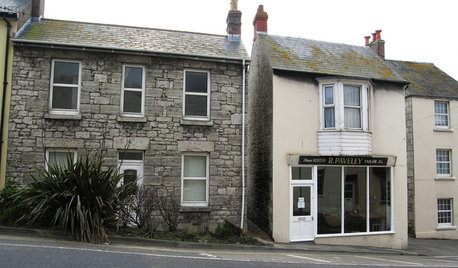
LIFETime Travel to Houzzers' Childhood Homes, Part 2
Catch a glimpse of kit houses, bungalows, Tudors and more just as they were way back when — and listen in on the intriguing personal stories
Full Story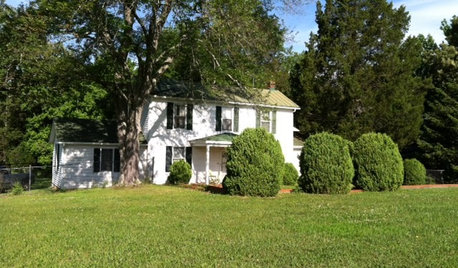
LIFETime Travel to Houzzers' Childhood Homes, Part 3
See postwar homes built by family members, rural farmsteads, cold-water flats and much more
Full Story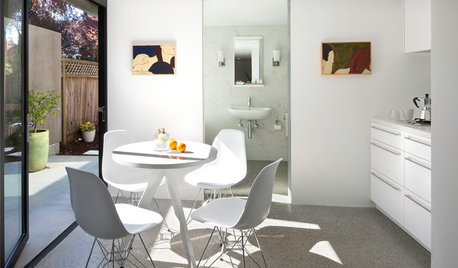
KITCHEN DESIGNKitchen of the Week: A Part-Time Space Fully Satisfies
A scaled-down approach doesn't mean sacrificing, in this heavenly white kitchen with all the modern conveniences
Full Story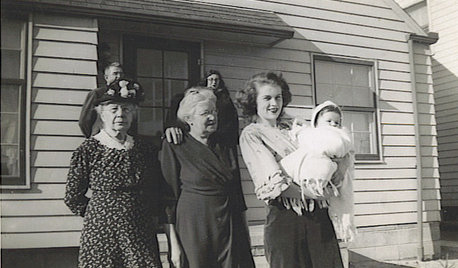
LIFETime Travel to Houzzers' Childhood Homes, Part 1
Peek into home design's past and share the memories of Houzz community members with these personal photos and stories
Full Story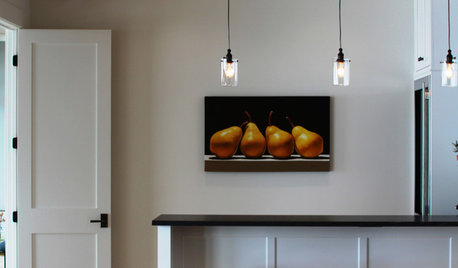
DOORSKnow Your House: Interior Door Parts and Styles
Learn all the possibilities for your doors, and you may never default to the standard six-panel again
Full Story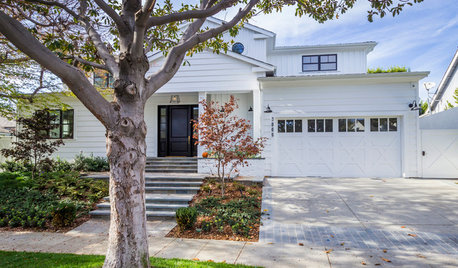
TRANSITIONAL HOMESHouzz Tour: Part Traditional, Part Modern and All Family Friendly
With clean lines, vintage touches and durable surfaces everywhere, this Los Angeles home balances tastes and needs beautifully
Full Story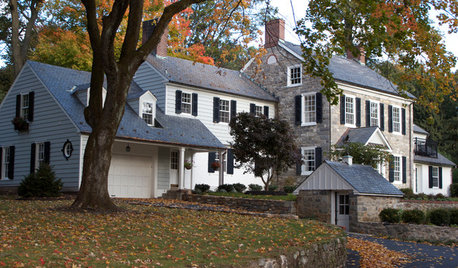
HOUSEKEEPINGIt’s Time to Clean Your Gutters — Here’s How
Follow these steps to care for your gutters so they can continue to protect your house
Full Story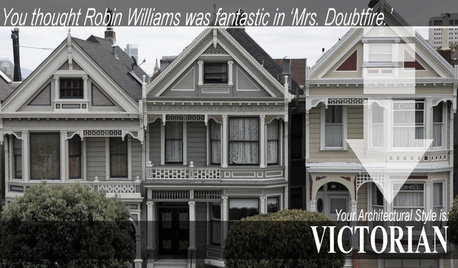
COFFEE WITH AN ARCHITECTFind Your Architectural Style, Part 2
If none of the home styles in Part 1 spoke to you, one of these is sure to float your boat
Full Story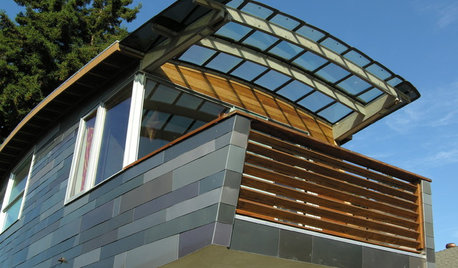
HOME INNOVATIONSHouzz Tour: Meet a Home Made With Minivan Parts
Sawn-off car roofs for the siding, windows popped out of van doors ... this California home is as resourceful as it is beautiful
Full Story
MORE ROOMSGetting the Room Right: Part II
Great spaces show how to avoid the Top 10 decorating mistakes
Full Story



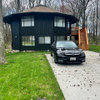
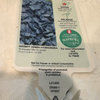
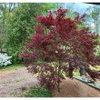
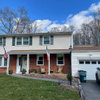
The_Mohave__Kid
janandalanOriginal Author
Related Discussions
Wetland species in Florida
Q
It is time to travel....part deux
Q
FNM Friday Night Music: Time Part III: Seconds, minutes, hours, etc
Q
Category 2 Wetland in our lot
Q
lpinkmountain
laag
janandalanOriginal Author
mad_gallica (z5 Eastern NY)
janandalanOriginal Author
creatrix
janandalanOriginal Author
mckenna
mjsee
nativenut
magaldk
mjsee
ziggy___
karinl